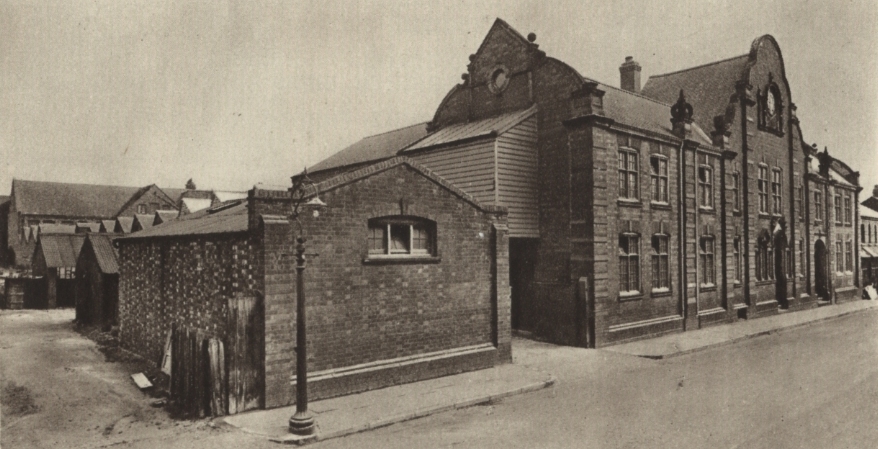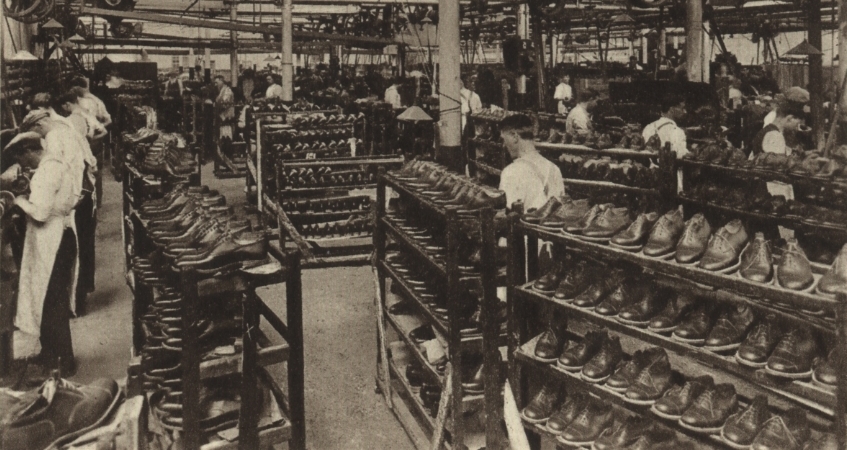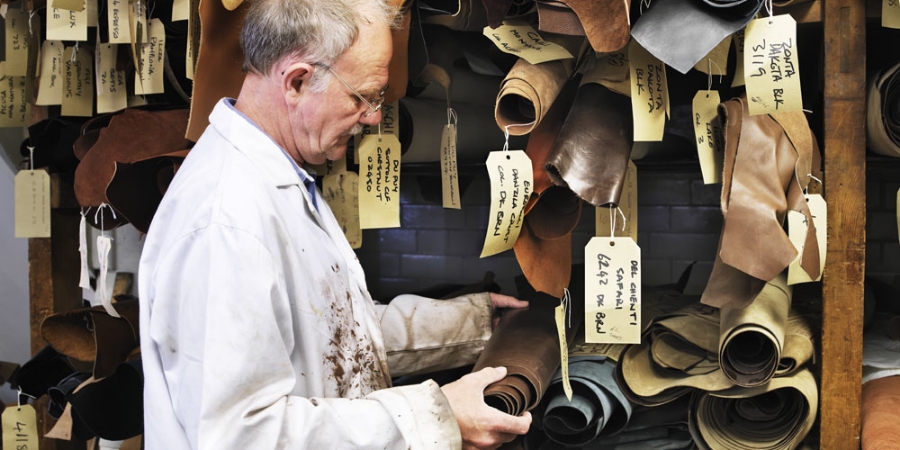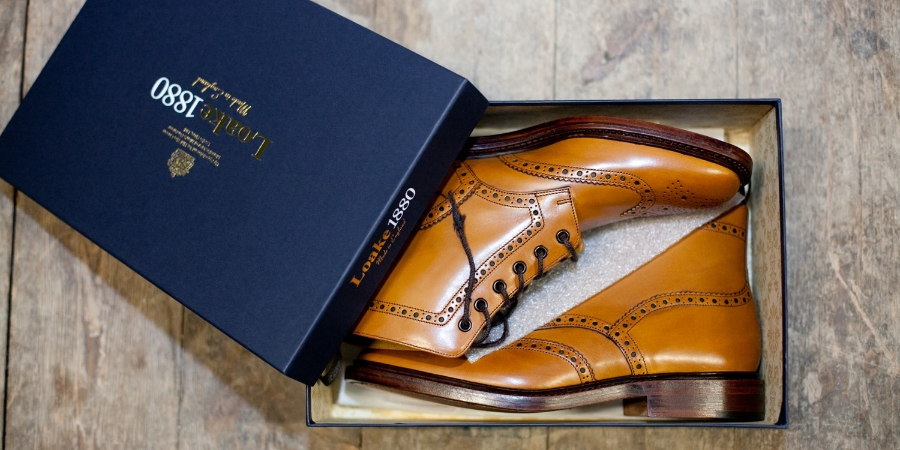We go behind the scenes at the Loake factory in Northamptonshire, where they have been making Goodyear welted shoes for well over a century
The Goodyear welt is the oldest and most labour intensive method of shoemaking in the world
The Loake family have been making shoes in Northamptonshire – the historic centre of British shoemaking – for five generations.
It all began in 1880, with three brothers working in a shoe factory in Kettering. They each worked in different departments and they soon realised that, between them, they had all the necessary skills to make shoes themselves. It was a brave step, leaving the security of their jobs to set up a business of their own.
A meticulous craft
The Loake brothers became one of the finest producers of Goodyear welted footwear – the most labour intensive and durable method of shoe construction. Fast forward 135 years and Loake are still making shoes the same way – it’s believed they’ve produced more than 50 million pairs since they first began manufacturing. Some 130 skilled shoemakers, up to 75 shoes parts and 200 different operations are involved in making a pair today.
A Goodyear welt is essentially a strip of leather stitched along the perimeter of the shoe’s outsole, connecting it to the upper. The most well-known Goodyear welted style that Loake make is the brogue – a timeless classic no English gentleman’s wardrobe would be complete without.
Lifetime companions
One of the benefits of the Goodyear welt is that the shoes can easily be resoled, something Loake take huge pride in. Their repair service covers re-soling on the original last with new soles and heels, fitting new seat socks and re-finishing the upper part of the shoes. A pair of Loake shoes can really last a lifetime – looking as good as new after a repair service, but still as comfortable as ‘old friends’.
Traditional meets contemporary
Despite their heritage and traditional craftsmanship, Loake believe they are very much a forward-thinking company, with their range of footwear including alternative constructions and classic and contemporary styles. Their aim is to maintain a balance between traditional and contemporary design, thereby introducing new generations of wearers to the benefits of fine, handmade shoes.




![loake 0208[1].jpg](https://images.squarespace-cdn.com/content/v1/52933d33e4b06ae3d2a95f16/1464340316861-IWOI2OG13MEMT3D7LQB7/loake+0208%5B1%5D.jpg)

![loake 0026[1].jpg](https://images.squarespace-cdn.com/content/v1/52933d33e4b06ae3d2a95f16/1464341200499-DXJF3CUV449P55EGZXJ3/loake+0026%5B1%5D.jpg)
![Loake_0616[4].jpg](https://images.squarespace-cdn.com/content/v1/52933d33e4b06ae3d2a95f16/1464341314413-ZWO78TA35Q60ZFW1P46C/Loake_0616%5B4%5D.jpg)
![Loake_0563[4].jpg](https://images.squarespace-cdn.com/content/v1/52933d33e4b06ae3d2a95f16/1464341403159-CPISLFOV24IYO49WO6H6/Loake_0563%5B4%5D.jpg)




















